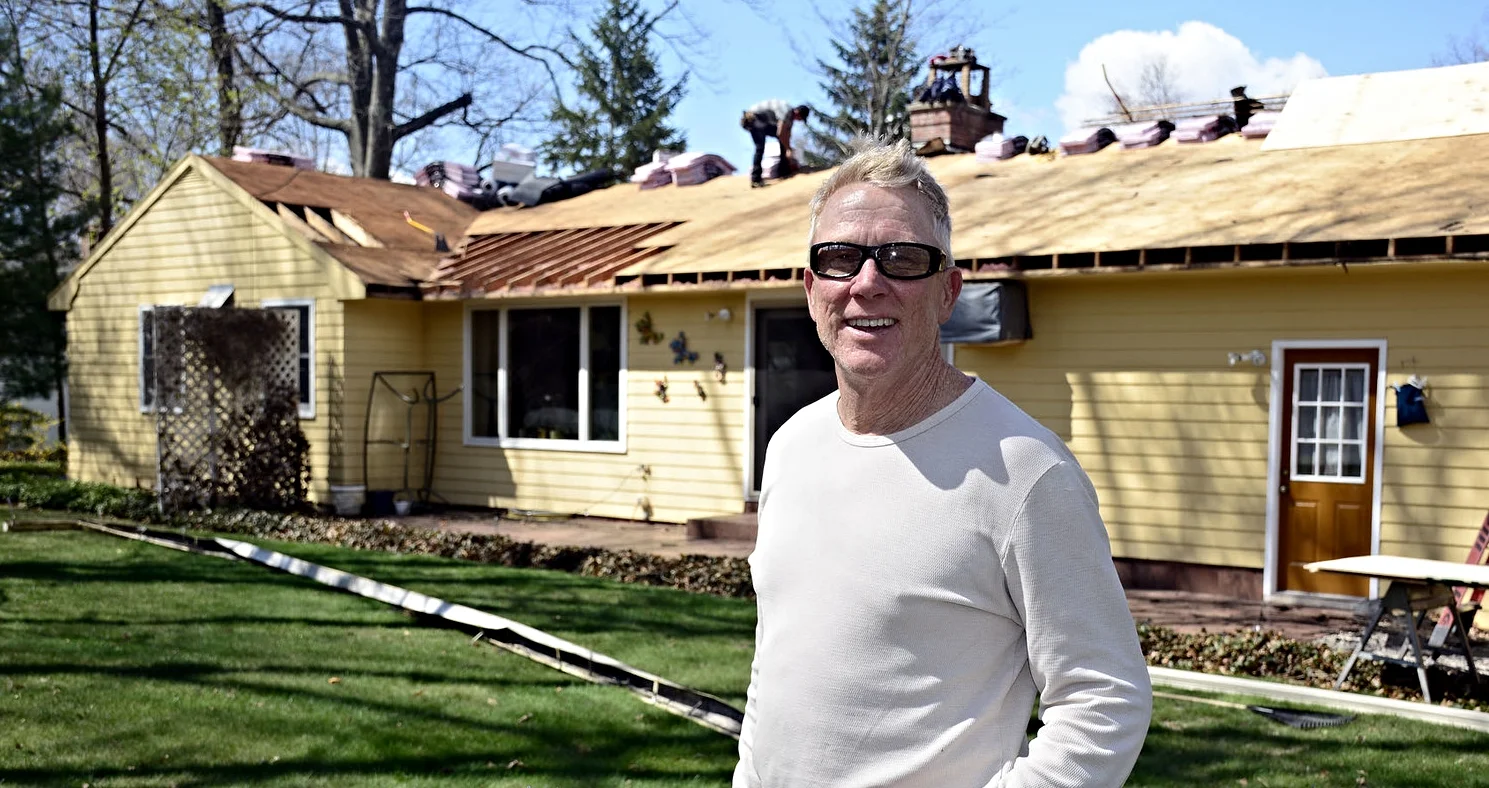10 Tips to Keep Your Home Warmer This Winter
Chelsea O'Donnell
When Connecticut winter settles in, temperatures drop quickly and your home’s heating system has to work overtime. The good news is that staying warm doesn’t have to mean turning the thermostat up and hoping for the best. With a few practical upgrades, many of which you can handle yourself, you can boost comfort, improve efficiency, and keep drafts at bay. Here are ten reliable ways to make your home warmer this winter.
1. Seal Up Drafts Around Doors and Windows
Even small gaps can let in a surprising amount of cold air. Check for drafts by running your hand along the edges of windows and exterior doors. If you feel air movement, use weatherstripping, caulk, or draft stoppers to seal the gaps. These fixes are simple, inexpensive, and often make an immediate difference.
2. Install Thermal Curtains or Insulated Shades
Your windows can lose up to 30% of your home’s heat, even if they’re newer. Thermal curtains or honeycomb cellular shades add an extra layer of insulation to help keep warm air in and cold air out. Close them at night and on cloudy days, then open them when the sun is shining to take advantage of natural heat.
3. Reverse Your Ceiling Fans
It sounds counterintuitive, but ceiling fans can actually help warm a room. If your fan has a reverse switch, flip it to the clockwise setting for winter. This gently pushes warm air, which loves to hang out near the ceiling, back down where you actually need it.
4. Add Area Rugs to Hard Floors
Wood, tile, and laminate floors can feel icy and pull warmth from the room. Adding thick area rugs, especially in basements or rooms over unheated spaces, helps insulate the floor and make your home feel instantly cozier.
5. Check and Replace Weatherstripping on the Attic Hatch
The attic access door is one place homeowners forget to check, but it’s a notorious escape route for heat. Make sure the hatch closes tightly and that the weatherstripping hasn’t compressed or cracked. A tight seal here helps prevent heat from rushing straight into the attic.
6. Change Your Furnace Filter Regularly
A dirty furnace filter forces your heating system to work overtime, which can make your home feel less warm and your bills noticeably higher. Check your filter monthly and replace it as needed. It’s an easy DIY task that can improve airflow and efficiency right away.
7. Insulate Hot Water Pipes
Insulating the hot water pipes in your basement or utility area helps reduce heat loss as water moves through your home. Pipe insulation sleeves are inexpensive, easy to install, and can improve both water temperature and heating efficiency.
8. Add Door Draft Blocks in Older Homes
Connecticut is full of beautiful old homes but those charming original doors often come with less charming drafts. Door draft blockers (or even a rolled-up towel in a pinch) can help keep cold air from sneaking in under exterior doors. Bonus: they’re kid-friendly DIY projects.
9. Get Your Heating System Professionally Tuned
A yearly tune-up can help your furnace run more efficiently, identify issues before they become bigger (and more expensive) problems, and ensure your system is operating safely. Plus it will lengthen the lifespan of your system.
10. Consider Small, Strategic Upgrades
If your home still feels chilly, a few targeted improvements can help. Adding attic insulation, sealing ductwork, or upgrading older thermostats to programmable or smart models can make a big difference. These projects vary in difficulty - some homeowners feel comfortable tackling them, others prefer a professional - but in many cases, the energy savings can quickly outweigh the upfront cost.
Winter in Connecticut will always bring its share of cold snaps, but with a little preparation, your home can stay warm, comfortable, and energy-efficient all season long. Whether you’re sealing a drafty window yourself or calling in a pro for a furnace check, small steps can add up to big improvements.
Bob O’Donnell is the owner of O’Donnell Bros. Inc., a Bristol-based home improvement company established in 1975. Email your questions for Bob to info@odonnellbros.com with the subject line “Ask the Pro.” All questions may be considered for publication. To contact Bob for your remodeling needs, call O’Donnell Bros. Inc. at (860) 589-5155 or visit www.odonnellbros.com. Advice is for guidance only.
